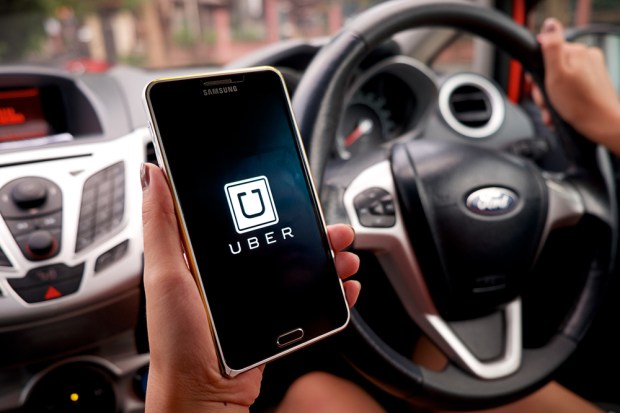Regulators Unhappy With Uber Loan

Turns out not everyone is as happy as Uber was about this past summer’s $1.15 billion high-yield loan led by Morgan Stanley, along with help from Goldman Sachs, Barclays and Citigroup.
Both the Federal Reserve and the Office of the Comptroller of the Currency are now criticizing how Morgan Stanley and other Wall Street banks handled arranging the loan for the rideshare company. The financial institutions are accused of “ring-fencing,” a process whereby markets willfully ignore or strip out parts of companies that generate less revenue or loss to make them look like safer investments.
As of Q1 this year, Uber had a positive cash flow in developed markets, comprising the U.S., Canada, Europe, Australia and New Zealand, but the company lost money in regions such as China and India. Uber’s switch to cash flow profitability in its more mature markets was widely regarded as proof that the rideshare company was entering a new phase wherein its earlier race for growth would soon begin to pay off.
Uber has since admitted defeat in its expensive battle for market share with Didi Chuxing in China. The rideshare company posted $800 million in losses on the board during the third quarter of this year — both from its price war with rival ride-hailing service Lyft in the U.S. and heavy spending on new expansions.
The criticism and controversy over the loan come as part of a larger push by Federal regulators to quell risky lending behavior on Wall Street. Regulators have said that loans with more than six times leverage are likely to be scrutinized. Last year, for instance, Goldman Sachs was cautioned by regulators over two loans totaling some $1.8 billion that were used to back the $4 billion buyout of the UFC, said Reuters. Regulators found that adjustments to accounting inflated the organization’s future profitability.
